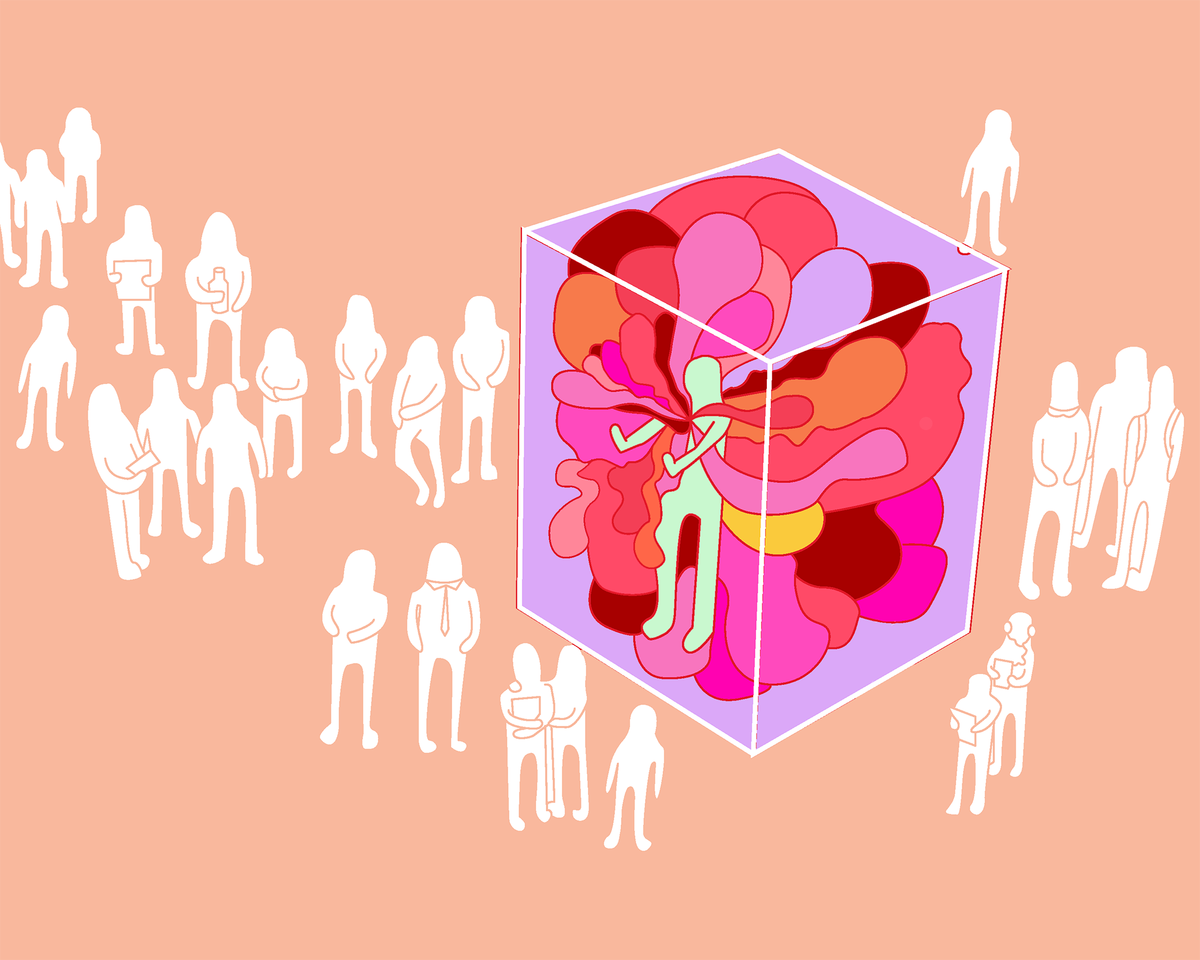How 19th century urban explorers may be the key to rediscovering the beauty of Montreal
I never really liked walking in the city. To grow up in an urban environment meant life was fast-paced, so leisurely strolls didn’t really make sense. Instead, rationality and time management overruled any effort to enjoy where I was walking.
A trip to the grocery store was done in haste, and school drop-offs were bundled together with errands. Even a picnic in a public park was restricted to the one hour time slot we allocated for.
This mindset continued when I moved to Montreal and started my degree. I carried over the attitude of seeing the street as a transitional space between two more important locations.
The street carried no inherent value and was to be navigated as efficiently as possible.
Montreal’s summer and winter weather further entrenched my desire to limit city walking. My views were firm, but change came in response to a global pandemic.
The COVID-19 pandemic brought me many sedentary days and a yearning for some sort of connection. Over the months, I looked for ways to temper my urban cabin fever. Running and cycling were fine, but the city paths I covered were still being used as mere accessories for my exercise — like an elaborate treadmill. I wasn’t really experiencing anything the city had to offer.
It wasn’t until I learned about a certain historical group that I was inspired to connect to the urban outdoors. They were 19th century European flâneurs, and they saw the city in an entirely different light.
The flâneur, or flâneuse, was a well-to-do individual with plenty of free time on their hands. They were known to study the many districts of Paris, London, Berlin, and Vienna in their industrial golden ages.
They took little part in the commercial activities of the markets and stores, and aside from resting at cafés and restaurants, they withdrew from the social activity of the streets. What they did was observe.
In maintaining anonymity, the flâneur would witness the endless theatrics that unfolded on the city scene. These observant characters were able to find limitless dramas play out through the mundane activities of city folk.
This group intrigued me, and I wondered if it would be possible to recapture their enjoyment of the city. With this in mind, I set out on a summer afternoon to see what I could find.
Keeping my head high and ears tuned, I wandered around Montreal. With shoppers and commuters out, I was sure to find the streets filled. Through the summer heat and the city smell, I slowly tuned into the sights of the downtown bustle, and with the rigorous style of the flâneurs, I took note of the city activity.
To my delight, I started to really connect with all the action around me. From construction workers to window shoppers, everything played out like elements in a great play, with everyone dutifully filling their roles.
For example, I noted a well-dressed businessman frantically phoning an airline to reorganize his flights. By itself, this scene wasn’t particularly memorable. But when I placed his troubles into the greater context of the times — the pandemic, the re-opening economy, the difficulties of flying, and the historic commercial hub that is Montreal — they suddenly felt so immense.
The city itself also bore energy upon closer inspection. Construction pylons, cars, a dead pigeon, pesky living pigeons, and even the many angles of light bouncing off the skyscrapers came together to create their own complete unit. They had their own worth.
What was once a cumbersome experience was now full of intensity. Whether through age, circumstance, or desperation, something in me had changed. I felt connected to the complexities of the city, and I was deeply enjoying the experience. Even in my anonymous role of observer, I was a part of the story of that given day.
I continue these walks to this day, finding new stories every time. While I don’t always walk with the same observational fervour, I’ve come to depend on strolling through the city. By putting these walks in a fresh light, they become so much more than the chore they used to be.
Going through any given burrough and reflecting on the sheer brilliance of the action gives these spaces a whole new weight and importance. If it means budgeting more time in the day, then it’s fully worth the price.
